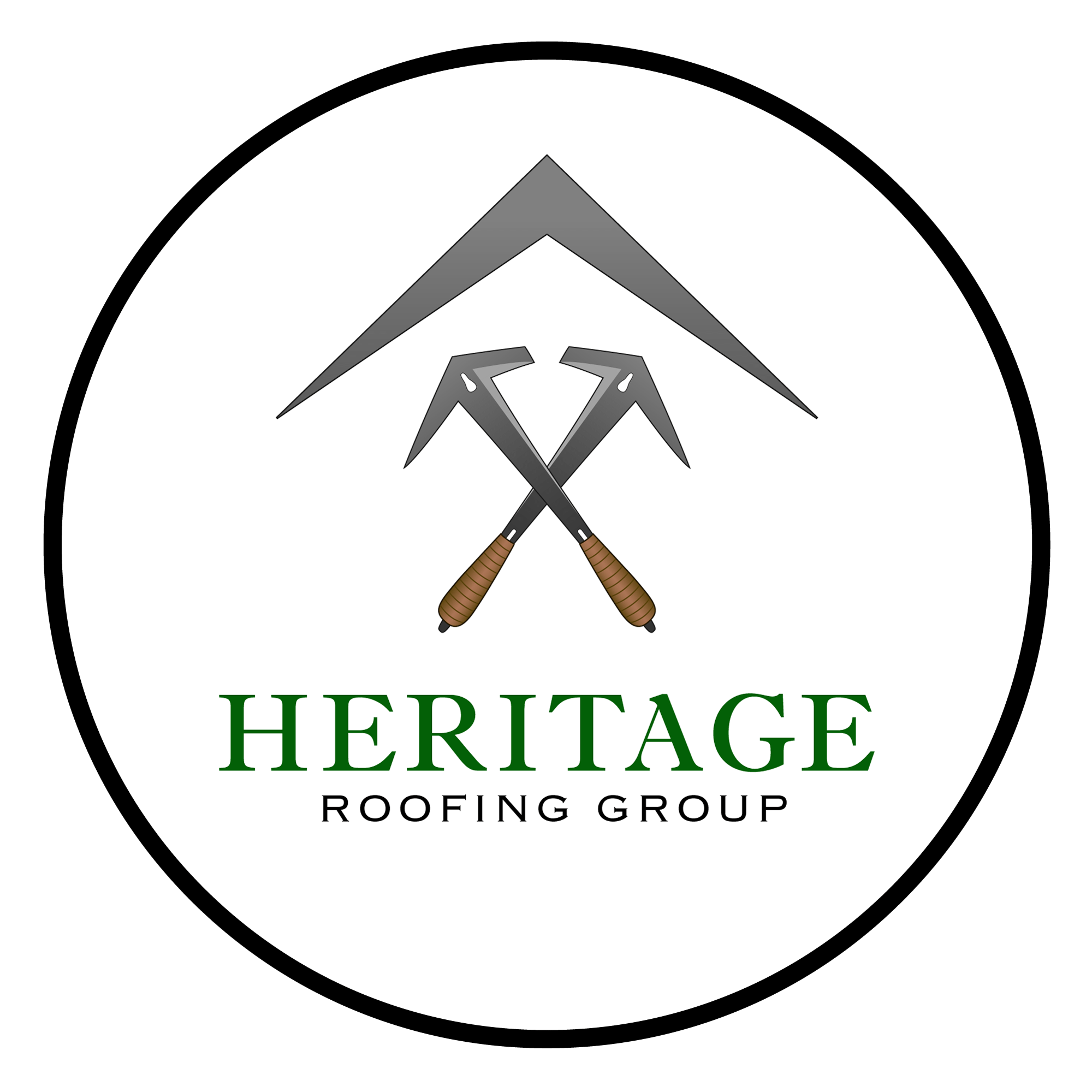As far as roofing materials goes there is nothing quite like natural slate. I personally noticed this myself driving through the streets of Mosman the other weekend when I found myself constantly panning left and right to the sight of all these slate roofs that populate the area of Mosman. It’s something about the versatility of slate and how easy it can blend varying features of a house from modern to the more traditional heritage styled built homes.
Here’s a slate restoration project we had in Mosman. The slate roof adds a grand touch for this mega designed home.
Canadian Slate in Hunters Hills
SVK (Artificial Slate) in Woollahra
Canadian Slate, Balmain
*Photos by No Qualms Media
But it’s not just the aesthetics of the roofing material that makes it superior, the list of benefits goes on. A significant talking point is the sustainability and environmentally friendly attributes slate offers. Slate is a mineral product that is completely inert & ecological on behalf of its simple efficient production process. Slate is subject only to extraction and working processes and does not need any additional treatment once extracted. This simple process;
- Does not need any artificial materials
- & does not need any chemical products
Along with many more environmentally friendly attributes including an enduring life cycle, durability, ease of care and maintenance, recyclability and quarry and manufacturing best practices, make it the sustainable alternative roofing product for any project.
Before a person sees a beautiful slate roof, behind the scenes there is a considerable amount of time and resources invested in producing this top quality material. The guys at CUPA PIZARRAS follow three important steps that is an integral part of the production process that slate depositories all over the world follow.
Exploration for the Deposit
The exploration process commences once the geological, mineral and geotechnical surveys have been completed. In addition to the prospecting work and sampling, testing takes place to determine the quality of the slate and the potential reserves of the deposit.
There are two exploration systems which are used: open quarries and underground mines. Constant surveys and trials are conducted throughout the life of the exploration with the aim of preparing the quarry for the future and to guarantee a continuous and steady production of high-quality slate.
Here is an inventory of carbon and energy (ICE) chart below compares Natural Slate against Clay & Concrete tiles & it’s comparative Carbon emissions:
*Source: Building Magazine, Inventory of Carbon & Energy, University of Bath, 2006.
Extraction of the resource
Slate is extracted in large blocks cut with a diamond blade. The blocks are then transported by truck to the quarry processing plant. Water is used as a coolant and base material for removing rubble throughout the process involving the extraction and processing of the product. This water is recycled and purified in a closed circuit to prevent such a precious resource from being wasted.
Processing
Slate undergoes three phases at the processing plant prior to being packaged:
- Sawing – Large blocks of slate extracted from the quarry are sawn into different sizes in accordance with the size of the slate to be produced.
- Shaping –Workers cut each slate block into sheets, treating each item with meticulous care, all of which is done by hand. The water ensures the blocks do not dry, facilitating exfoliation and reducing loss.
- Bevelling – Finally, the corners of each item are bevelled in order to facilitate the passage of water over the slate once in place on the roof.
Characterized by its colour and texture, natural slate is a noble material that enhances the value and beauty of any property. As the proprietors of CUPA PIZARRAS state, “The reliability and beauty of the products make it the ideal solution for any architectural purpose, no matter the style or trend, because they adapt to any architectural design.”
Hope you enjoyed the read!
More to come, stay tuned.







